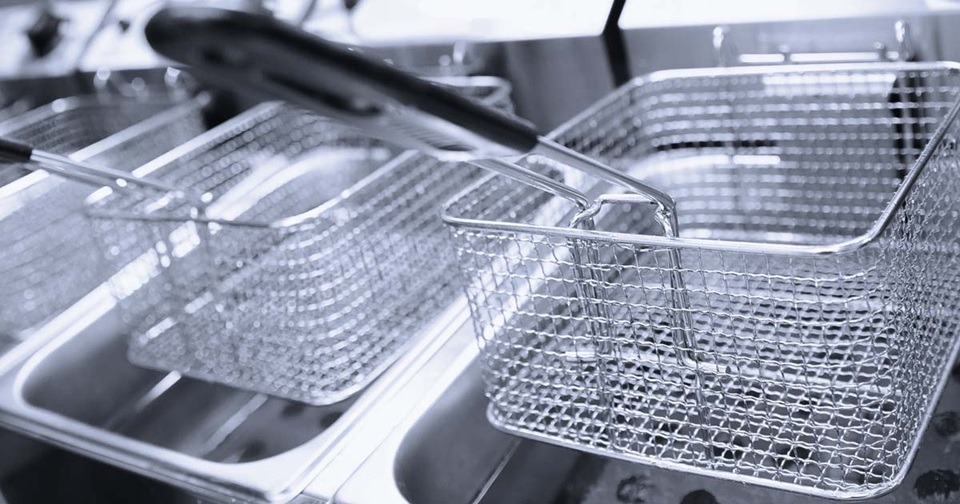How to Maintain a Commercial Deep Fryer Properly

Running a busy kitchen demands equipment that performs reliably every day. Among the most essential pieces of cooking equipment is the deep fryer, known for delivering crispy, consistent results in record time. However, like all machinery, it requires proper upkeep to stay in top condition. Without regular care, a commercial deep fryer can quickly become inefficient, unsafe, and costly to repair. Knowing the right steps to maintain it will save both money and headaches in the long run.
Daily Cleaning Matters
One of the simplest yet most effective habits is daily cleaning. Oil spills, crumbs, and food residue often build up quickly around the fryer. Wiping down the exterior after every shift prevents grease from hardening and becoming difficult to remove. The baskets should also be scrubbed thoroughly with warm water and mild detergent. Keeping these parts spotless not only enhances hygiene but also reduces the risk of unwanted odours that can impact the quality of food.
Regular Oil Management
Oil is the heart of the fryer, so maintaining its quality is crucial. Filtering oil at least once a day removes particles that cause it to break down faster. Overused oil produces uneven cooking results and affects the flavour of fried foods. Replacing it before it deteriorates too much ensures the food remains golden and crisp. Proper storage of oil in a cool, dry place also extends its life, making it more economical over time.
Scheduled Deep Cleaning
While daily cleaning keeps the surface tidy, a scheduled deep clean ensures the fryer operates at its best. At least once a week, drain the oil and carefully remove any carbonised grease or stubborn buildup inside the fry pot. Special fryer cleaning solutions can be used to break down hardened residue. Be sure to rinse thoroughly to avoid leaving chemical traces. A clean interior prevents clogging, supports even heating, and reduces strain on the heating elements.
Inspect Components Regularly
Another essential step is routine inspection. Check the fryer’s thermostat to make sure the temperature is accurate, as faulty controls can lead to undercooked or burnt food. Examine the heating elements for wear and ensure that the electrical or gas connections are secure. Loose fittings or damaged cords can pose safety risks. By spotting issues early, you can address small problems before they develop into expensive repairs.
Prioritise Safety Practices
Maintenance isn’t just about cleanliness; it’s also about safety. Always allow the fryer to cool completely before draining oil or removing parts for cleaning. Use protective gloves to avoid burns, and never let water come into direct contact with hot oil. Training staff on proper handling ensures that everyone knows how to care for the equipment while avoiding accidents.
Keep a Maintenance Schedule
Finally, staying organised makes maintenance far more effective. Keep a simple checklist of daily, weekly, and monthly tasks, and encourage the team to follow it consistently. Recording when oil is filtered, when the fryer is deep cleaned, and when parts are inspected will help track performance. This proactive approach extends the life of the fryer, improves food quality, and reduces downtime in the kitchen.
Proper maintenance of a commercial deep fryer is not just a routine chore; it’s an investment in efficiency, safety, and food excellence. With consistent care, this hardworking piece of equipment will serve reliably for years, keeping the kitchen running smoothly and customers satisfied.
0 Comments Add a Comment?